The Great Backyard Bird Count is Friday!
Easy Peasy — you don’t even have to leave home.
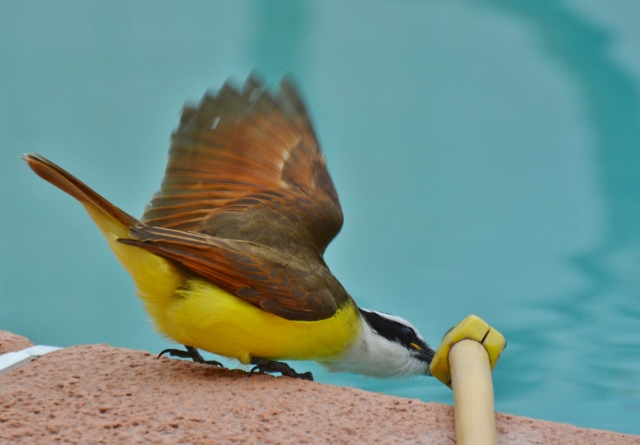
There’s still time to
In other news, fellow TMN member and freelance travel writer Eileen Mattei and her trusty photographer (me) are again in pursuit of stories. One such adventure took us to a ranch in Hidalgo County.
While Eileen did the heavy work, interviewing the rancher and taking notes, I had my eye and camera lens aimed at more than the cattle — although the Brahman breed is notoriously friendly, and the cows love showing off their lovely ears for the camera.

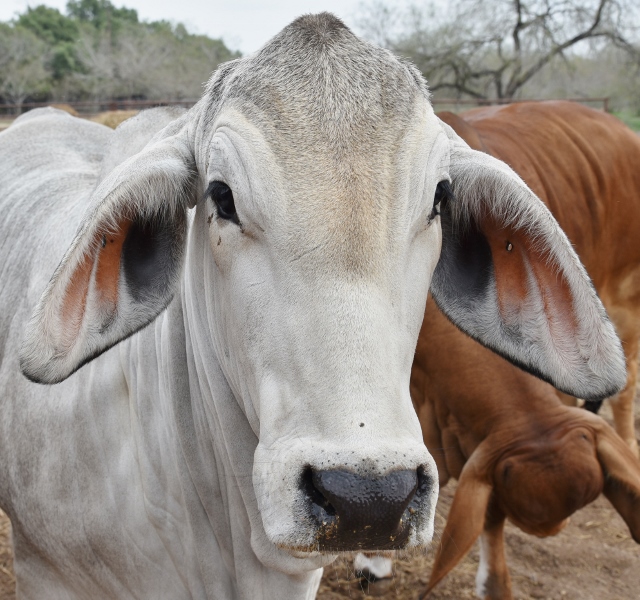
As much fun as the livestock was, the colorful pasture held thrilling specimens. We had to know what the yellow haze was that painted the horizon and the contrasting serpentines of purple that were adding variety to the pastoral design.
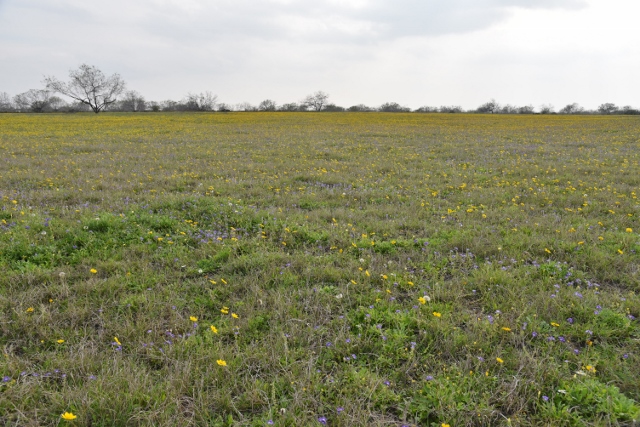
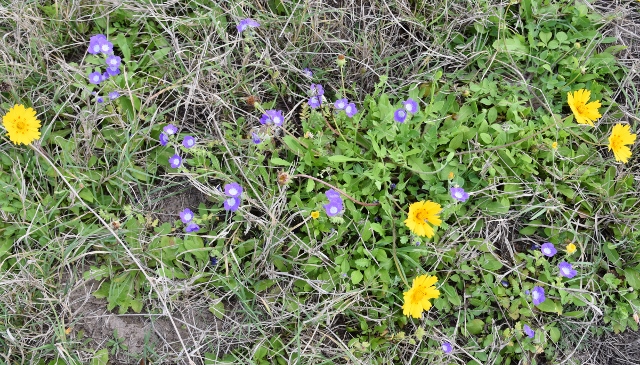
My favorites of the day were the yellow and red pinwheels, Coreopsis nuecensoides, commonly called Rio Grande Tick Seed, or sand coreopsis.
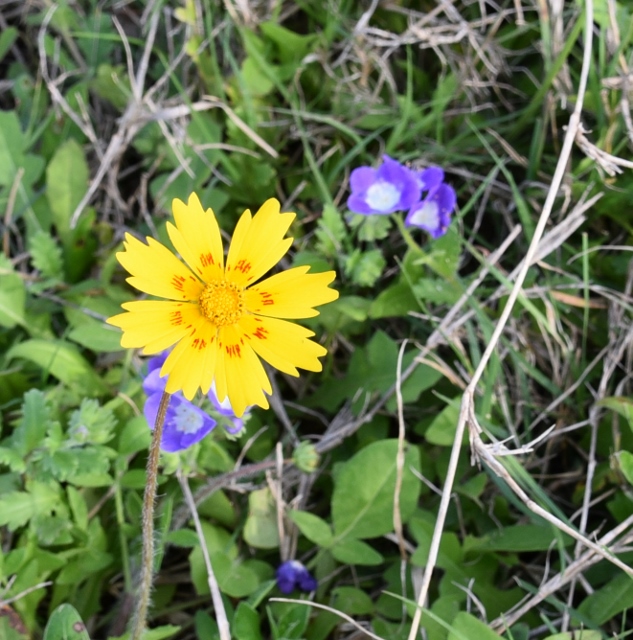
This species is found in Hidalgo and Willacy counties according to our Dr. Al Richardson and Ken King book, Plants of Deep South Texas, page 94. They’re in the Aster family and like sandy soils and prairies.
Purple is opposite yellow on the color wheel and Mother Nature is certainly an artist. Sweet little bunches of tiny cheerful violet blooms are always a pleasures to see. They’re South Texas sand scorpionweed, Phacelia patuliflora var. austrotexana, PDST, page 282. They jazz up a field of yellow blooms stunningly.
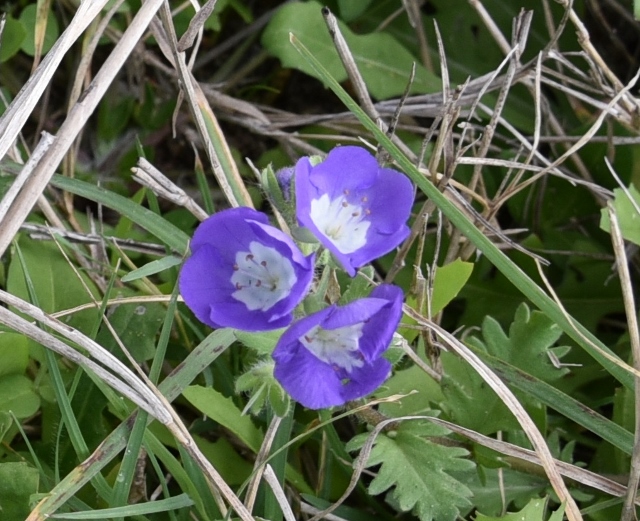
More of our yellow haze in the Hidalgo pasture is a field of bladderpod, Paysonia lasiocarpe subsp. Berlandieri, PDST, page 154. Its distribution is Cameron and Willacy counties as well as Hidalgo.
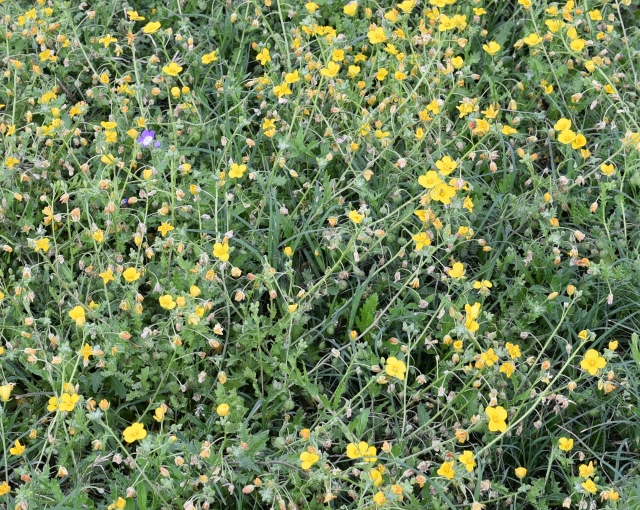
As we were leaving the ranch, and the fun photo op with all the lovely flowers, we spied sandy-soil-looking mounds and stopped to get a closer look. We didn’t poke, thinking they must be some sort of ant. Not so at all. A query to our rancher host gave us the answer, gophers!
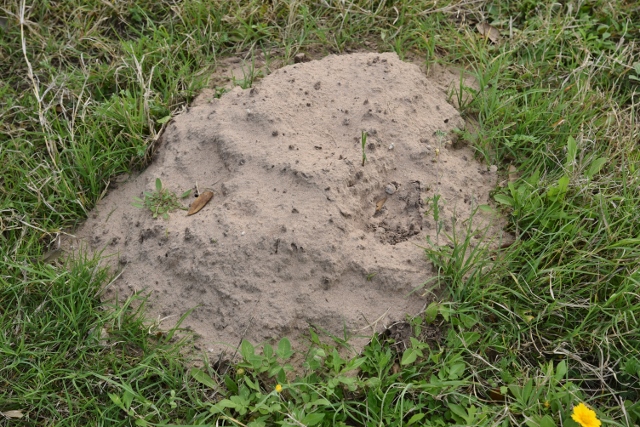
Texas pocket gophers, order of Rodentia. They are prevalent — but rarely seen — in sandy soils of South Texas. The critters rarely surface, which is why they aren’t often seen, but their mounds leave tell-tale evidence that they’ve taken up residency.
The gopher’s distribution in South Texas is wide but patchy because of its requirement for loose, sandy soils.
Our Hidalgo mounds were about five inches in height and 12 inches in diameter. These gophers also are found on Mustang and Padre Islands where mounds can reach from 17 to 23 inches in diameter.
Tunnels are both deep and shallow. The deep tunnels are for mating and nursing young. The shallow tunnels are for foraging. Their food consists largely of vegetation, including roots of grasses and roots, stems and leaves of a composite plant in the sunflower genus, Helianthus.
Incredibly, these critters have a really fun sense of humor. In a now-you-see-it-now-you-don’t manner, a Texas pocket gopher will seize the roots of a plant — from within its tunnel — and pull the plant into its burrow. I don’t know about you, but I’d probably be channeling my inner Lewis Carroll for an explanation if I watched a sunflower slowly get sucked into Mother Earth. Makes you wonder though, if critters sometimes laugh at us humans?
My research didn’t cover laughing but I did find where the gopher will emit a wheezy call and gnash its teeth if it has to defend its home. In order to curtail those harrowing experiences, and avoid predators like coyotes, skunks and snakes, Texas pocket gophers mainly stay underground. For added security, they plug their tunnel entrances with soil.
Two informative articles about Texas pocket gophers are at the following links:
“Wild Thing: Pocket Gopher” by Sheryl Smith-Rogers, https://tpwmagazine.com/archive/2009/apr/scout3/
“Pocket Gopher” (Geomys sp.) by Bonnie Wroblewski, https://www.texasescapes.com/Wildlife/Pocket-Gopher.htm .
Author Wroblewski writes: “Despite their reclusive nature, these industrious mammals are contributing a priceless service to the ecosystems on which farmers, ranchers, and even backyard gardeners depend. The tunnelings of pocket gophers aerate the soil through which they travel, which fosters better plant growth. Their subterranean dwellings also reduce erosion and aid in the conservation of groundwater.”
Our Hidalgo rancher friend also looks upon these critters favorably for their help as soil aerators.
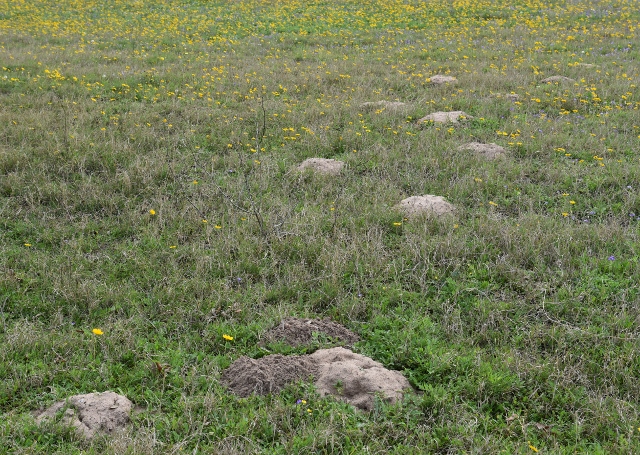
Back in Cameron County, still highlighting some of February’s yellow blooms, I found a new-to-me-flower in Harlingen’s Hugh Ramsey Nature Park last week.
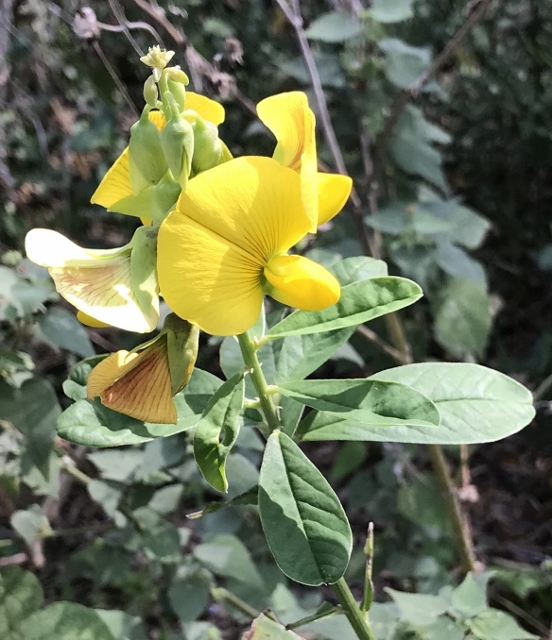
It’s Crotalaria retusa — Notched Rattleweed, page 256, PDST. We had to ask the expert the correct species — PDST co-author Ken King, himself: “It is the one we see at the island convention center/boardwalk,” he said. As in many a case, it’s the leaves that make the final distinction.
According to PDST, “Distribution is Cameron County. A population of this species is located on South Padre Island. Native to the Asian tropics, it is known in Africa, Australia, Central America, and the Caribbean Islands. Possibly it escaped from cultivation here and became naturalized. The plants, especially the seeds, are poisonous.”
C. retusa common names include rattlepod, devil-bean, rattleweed, shack shack. It is an annual and can grow from 2 to 5 feet tall. Seed pods will contain about 18-20 seeds and turn purple to black when ripe.
In its native territory, the plant is a host plant to the pea blue, or long-tailed blue, a small butterfly in the gossamer-winged family, found in Europe, Africa, Australia, and South and Southeast Asia.
For all its pretty yellow blooms, it’s a rather dastardly plant to have around; it’s poisonous to livestock and birds. In other countries it’s grown as a fiber crop, and as green manure somewhat like hairy vetch and crimson clover is used in the U.S.
